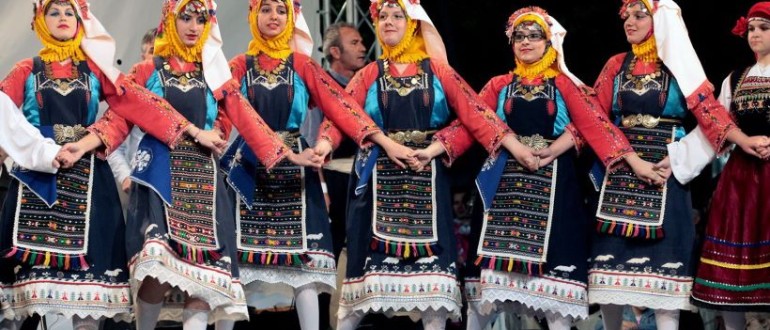Lithuania is the biggest out of all three Baltic countries and historically held a leading role in medieval Eastern Europe. Another interesting historical fact is that Lithuania was the last country in Europe to officially adopt Christianity in the 14th century.
Lithuania is particularly well known as a homeland of the unique polyphonic singing style known as sutartines. Although the term sutartines means “agreement”, or “cohesion”, sutartines is well known as the “kingdom of the dissonances”. To be more precise, we need to know that there are a few different styles of sutartines, based on different principles of polyphony (such as unison-heterophonic, canonic and drone types of sutartines). Among all these types of sutartines the most well-known and truly unique type is the so-called “secondal sutartines”. The most important feature of secondal sutartines is the abundance of secondal dissonances. More precisely, in this type of sutartines seconds sound almost constantly:
The technical means to achieve constant singing in seconds is very interesting. Singing in parallel seconds is always challenging for singers. So if you try to sing two parallel melodies with the distance of a major second between the parts all the time, you will soon find out how difficult this is to do.





